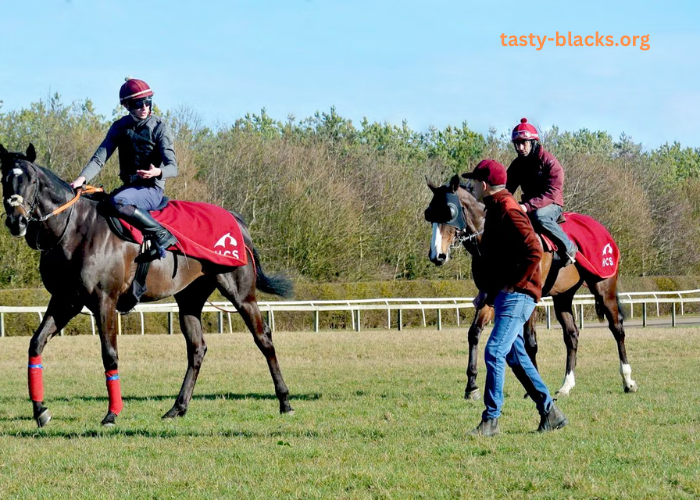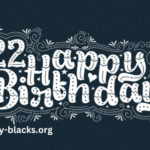Horse racing is often seen as a thrilling spectacle of speed, skill, and sheer athleticism, where horses thunder down the track amid roaring crowds. However, the excitement that unfolds on race day is just the tip of the iceberg. Behind every race lies a world of intense preparation, strategic planning, and expert teamwork involving trainers, jockeys, and the horses themselves. In this article, we’ll explore the intricate process behind the scenes of a horse race, focusing on training regimes, race strategies, and the vital role of jockeys.
The Training: Building Champions
Understanding the Horse’s Physical and Mental Preparation
Training a racehorse is a meticulous, year-round process that blends science, experience, and intuition. The goal is to develop the horse’s endurance, speed, and temperament, all essential qualities for competitive racing.
Physical Conditioning:
Racehorses undergo a rigorous training schedule designed to optimize their cardiovascular fitness, muscle strength, and flexibility. This includes long gallops, interval training, and stamina-building exercises. Trainers carefully monitor the horse’s progress, ensuring a balance between pushing for peak performance and preventing injury.
Nutrition and Care:
A horse’s diet is tailored to support its intense physical demands, with a focus on high-quality forage, grains, vitamins, and minerals. Hydration, regular veterinary check-ups, and appropriate rest periods are critical for maintaining optimal health.
Mental Conditioning:
Beyond physical fitness, mental training is crucial. Horses must be calm yet responsive under the pressures of the race environment. Training often involves exposing horses to crowds, noises, and the starting gates to reduce anxiety and improve focus. See more.
Strategy: More Than Just Speed
Planning the Race Tactics
Winning a horse race isn’t solely about who runs fastest—it’s a complex chess match played at 40 miles per hour. Trainers and jockeys develop detailed strategies based on the horse’s strengths, the track conditions, and the competition.
Analyzing the Competition:
Before race day, trainers study other entrants’ past performances, running styles, and preferred track conditions. This insight helps in crafting a plan to exploit rivals’ weaknesses and anticipate their moves.
Pace Setting:
One key strategy involves controlling the race’s pace. Some horses excel in fast starts, while others conserve energy for a powerful finish. Jockeys must adapt to the race flow, deciding when to push for position or hold back.
Track Conditions and Terrain:
Different racetracks and weather conditions affect race dynamics. Muddy or soft tracks might favor horses with strong endurance, while dry, firm tracks can benefit speedsters. Trainers adjust training and race-day tactics accordingly.
The Jockey: The Rider Who Makes a Difference
Skills and Responsibilities
The jockey is more than just a rider—they are a skilled athlete and tactician who must understand both the horse and the race intricacies.
Physical and Mental Fitness:
Jockeys maintain strict fitness and weight control regimes to meet race requirements and ride efficiently. Their agility, balance, and strength allow them to communicate subtle cues to the horse during the race.
Race Reading and Decision Making:
A jockey’s ability to read the race as it unfolds is crucial. They must make split-second decisions—whether to overtake, hold position, or adjust pace—that can determine the race outcome.
Building Rapport with the Horse:
Successful jockeys spend time bonding with their mounts, learning their quirks and preferred running style. This trust enables better communication and a smoother ride during high-pressure moments.
Frequently Asked Questions (FAQs)
How long does it take to train a racehorse?
Training a racehorse typically begins when the horse is around 18 months to 2 years old, with the initial conditioning phase lasting several months. However, ongoing training and conditioning continue throughout the horse’s racing career.
What factors influence a jockey’s choice of strategy during a race?
Jockeys base their strategy on the horse’s strengths, track conditions, the pace of the race, and the behavior of competing horses. They must stay flexible and adapt as the race situation changes.
How important is the relationship between a jockey and a horse?
It is vital. A strong relationship fosters trust and better communication, allowing the jockey to guide the horse more effectively and respond to its needs during the race.
What happens if a horse gets injured during training?
Injuries are taken very seriously. Trainers, veterinarians, and caretakers work together to diagnose and treat injuries promptly. Rest and rehabilitation are prioritized to ensure the horse’s recovery.
Can training methods vary depending on the type of race?
Yes, training is tailored to the race type—whether it’s sprint, middle-distance, or long-distance—since different races require different levels of speed, stamina, and tactical approaches.
Conclusion
The dazzling spectacle of horse racing is backed by months, even years, of careful preparation and strategy. From the demanding training routines that shape a horse’s physical and mental prowess to the calculated tactics that trainers and jockeys employ, every element contributes to the thrill and unpredictability of the sport. Understanding these behind-the-scenes aspects deepens our appreciation of the skill, dedication, and teamwork that make each race a compelling drama of athletic excellence.










